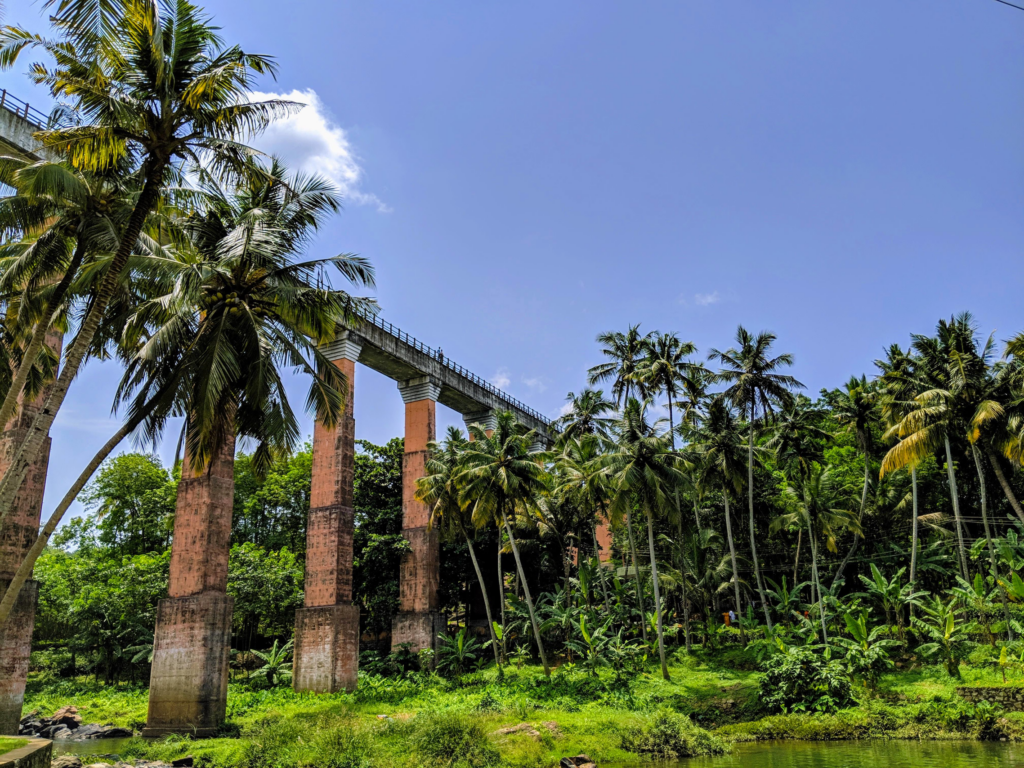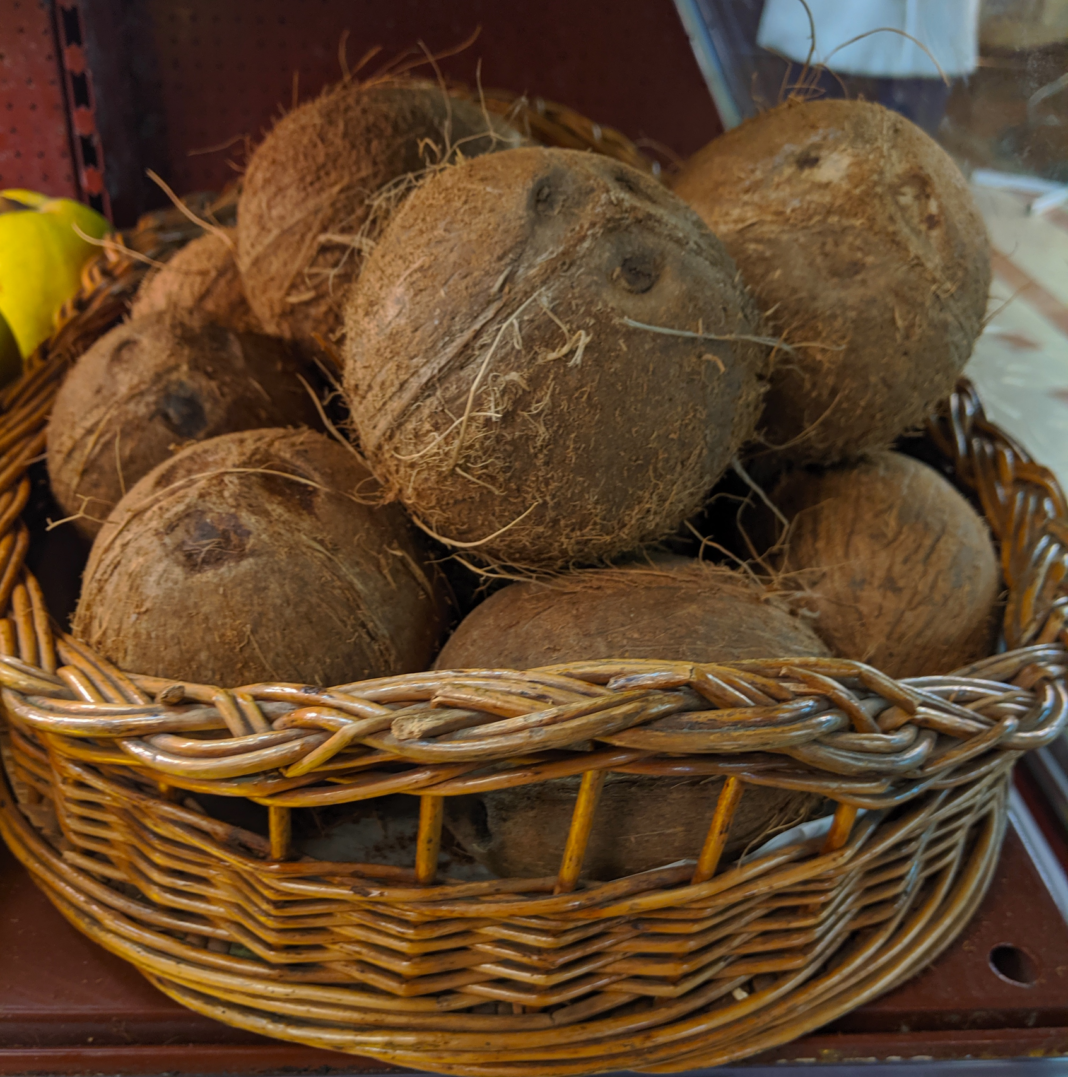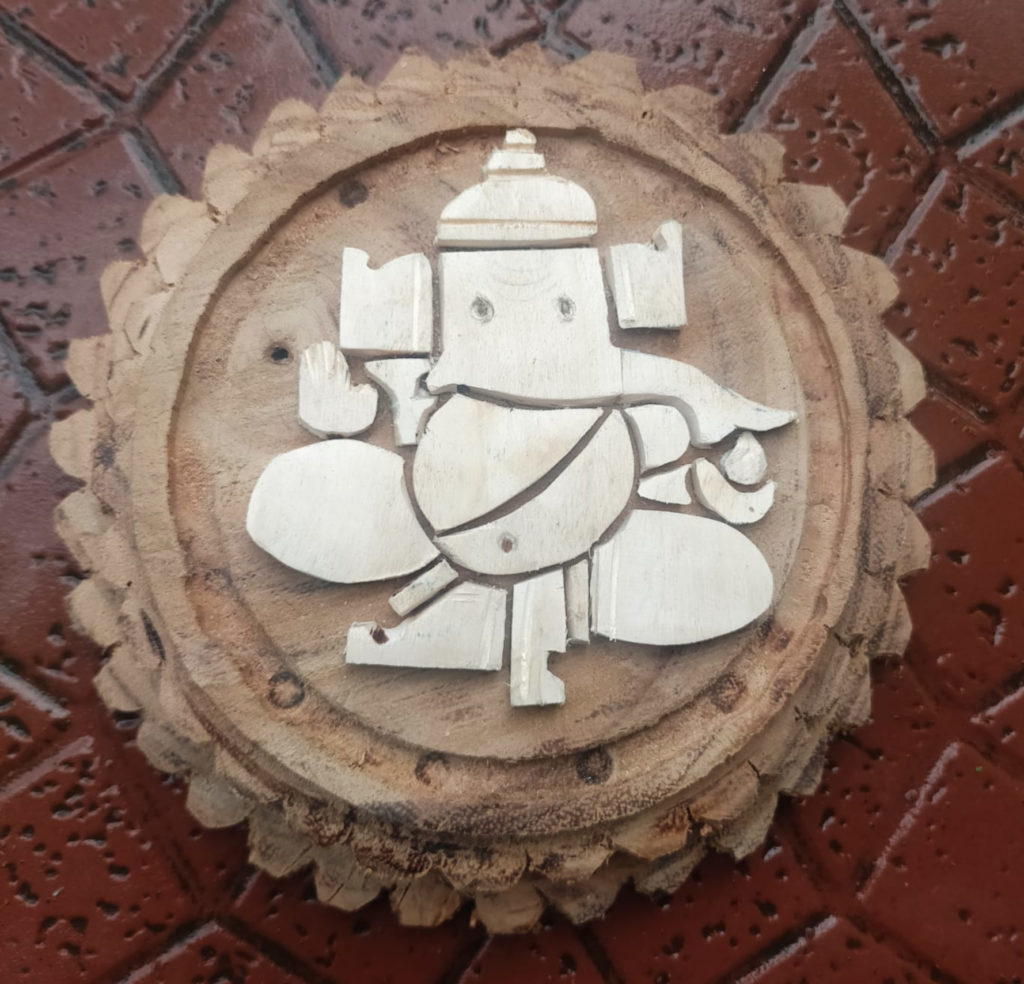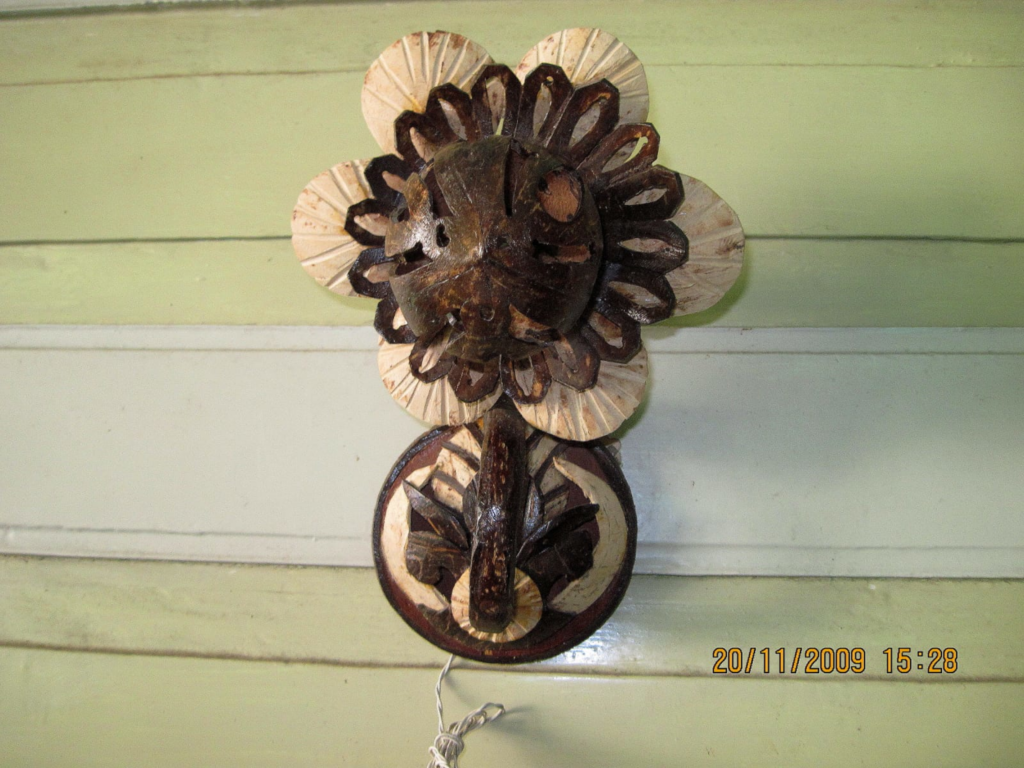In India, the coconut has long been utilized as food, building material, art supply, and medicine for soul and body. Now the rest of the world is discovering just how versatile and valuable it is — including in shoreline restoration.
A decade ago and newly married, I visited the temple of our family deity, located inside a sacred grove near the south Indian town of Nagercoil. The perimeter of the temple premises was lined with lanky coconut trees, whose fronds created patterns against a bright blue sky.

The coconuts harvested from these trees held a specific purpose, reserved for temple rituals rather than personal consumption. Entire coconuts were routinely broken fresh as an offering to the Hindu gods during temple rituals, after which the temple priest distributed slices of the inner white coconut flesh as prasadam, a divine offering, to the devotees, reserving the empty coconut shells for reuse as fuel for cooking and ritual purposes.
Archaeological evidence suggests that the coconut palm may have originated in the Indian subcontinent, and now, India is one of its major producers (and consumers), ranking second only to Indonesia and the Philippines. In Nagercoil, and throughout many of the remote towns and villages of India, coconut — from its core to its coir, or outer husk — is intrinsic to the society. The discarded shells, husk, leaves, and (when a tree dies) the trunk of the coconut tree are turned into handicrafts, brooms, thatched roofs, biodegradable straws, and planting pots — providing sustenance and alternate livelihood to local communities. Even discarded coconut fronds are used for mulching banana plantations, while shells are increasingly repurposed to make biodegradable crockery and cutlery.
“No two coconut shells are the same,” says Vijayanand Shembekar, a 62-year-old self-taught artisan who turns discarded coconut shells into art. In his home gallery in the coastal town of Alibaug, he proudly displays over 400 coconut shell art objects that he’s crafted over the last two decades. “Coconut trees are abundant here, and we use them everyday in our religious rituals and food preparation,” Shembekar says, “so, I thought of utilizing the discarded shells.”
Freshly grated coconut or desiccated copra is a key ingredient in Indian dishes, and coconut oil is a staple for frying and cooking. Coconut water, known for its refreshing properties, is considered a natural isotonic (muscle strengthener). The fruit’s medicinal properties are also well recognised. According to Ayurveda, the coconut is sattvic food — pure essence, unadulterated and endowed with medicinal properties. In folk medicine, the coconut tree is called kalpavriksham, or divine tree of life; in Sanskrit, it’s known as Sriphala (“God’s fruit”), giving it profound symbolic value, as it represents a connection to God. Coconut oil is often used to treat wounds, relieve itching and dry scalp, as well as being used in Ayurvedic medicines.
Once dubbed “monkey face” by Spanish explorers due to the three indentations on its hairy nut, the coconut has seen a considerable increase in popularity in the West in recent decades; it’s now hailed as a superfood, a dairy substitute among vegans, and a staple ingredient in keto recipes.
More importantly, the coconut husk is being put to work mitigating climate change from the shores of southeast Asia to New Jersey in such sustainable development and environmental conservation efforts as shoreline protection and restoration of marsh lands.
– Meenakshi J
And it’s not just the edible part that’s gaining momentum. In towns and villages across India, coconut husk has long been used as a natural scrubber for cleaning cooking vessels. Many households, including mine, consider coconut husk scrubbers an eco-friendly alternative to synthetic scrubbers or steel wool pads, as it aligns with our sustainable and traditional practices.
More importantly, the coconut husk is being put to work mitigating climate change from the shores of southeast Asia to New Jersey in such sustainable development and environmental conservation efforts as shoreline protection and restoration of marsh lands.
“Coir mats and logs made from coconut husks are placed on slopes and marshy lands to prevent soil erosion, promoting plant growth and biodiversity,” says Shane Godshall, habitat restoration project manager for the American Littoral Society, a 62-year-old coastal conservation non-profit based in New Jersey.

Godshall’s relationship with coconut coir began in 2018 when, on an experimental basis, his organization used coir logs to restore a little over an acre of New Jersey marshland that had been bisected by a dyke. The ten-foot-long coir logs, imported from India, are crafted from fibrous coconut husks that are tightly packed and bound together using an eco-friendly twine. According to Godshall, using coir logs to elevate the marsh to its former levels has fostered the growth of grass and prevented erosion. “We were able to increase vegetative coverage — Spartina alterniflora — across the area from 54.5 percent to 97.5 percent,” he reports.
Once more coir logs are installed at the mouth of the Maurice River (expected by the end of next year), the American Littoral Society will have installed just under five miles of coir logs, protected environmentally important US shoreline, and demonstrated a replicable model for coastal marshland preservation.




